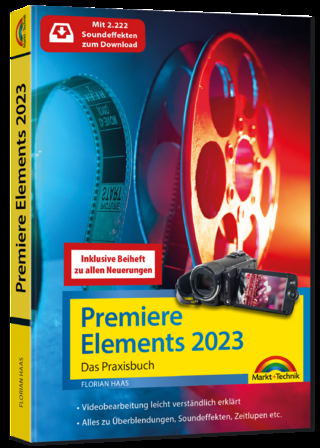
The Architectural Imagination at the Digital Turn
Seiten
2022
Routledge (Verlag)
978-1-032-03884-1 (ISBN)
Routledge (Verlag)
978-1-032-03884-1 (ISBN)
Through its discussion on case studies, places, and themes that fundamentally influenced discourse formation in the era, this book offers scholars, researchers and students fresh insights into how architecture can engage with the digital realm today.
The Architectural Imagination at the Digital Turn asks what it means to speak of a "digital turn" in architecture. It examines how architects at the time engaged with the digital and imagined future modes of practice, and looks at the technological, conceptual and economic phenomena behind this engagement. It argues that the adoption of digital technology in architecture was far from linear but depended on complex factors, from the operative logic of the technology itself to the context in which it was used and the people who interacted with it.
Creating a mosaic-like account, the book presents debates, projects and publications that changed how architecture was visualized, fabricated and experienced using digital technology. Spanning the university, new media art institutes, ecologies, architectural bodies, fabrication and the city, it re-evaluates familiar narratives that emphasized formal explorations; instead, the book aims to complicate the "myth" of the digital by presenting a nuanced analysis of the material and social context behind each case study. During the 1990s, architects repurposed software and technological concepts from other disciplines and tested them in a design environment. Some architects were fascinated by its effects, others were more critical.
Through its discussion on case studies, places and themes that fundamentally influenced discourse formation in the era, this book offers scholars, researchers and students fresh insights into how architecture can engage with the digital realm today.
The Architectural Imagination at the Digital Turn asks what it means to speak of a "digital turn" in architecture. It examines how architects at the time engaged with the digital and imagined future modes of practice, and looks at the technological, conceptual and economic phenomena behind this engagement. It argues that the adoption of digital technology in architecture was far from linear but depended on complex factors, from the operative logic of the technology itself to the context in which it was used and the people who interacted with it.
Creating a mosaic-like account, the book presents debates, projects and publications that changed how architecture was visualized, fabricated and experienced using digital technology. Spanning the university, new media art institutes, ecologies, architectural bodies, fabrication and the city, it re-evaluates familiar narratives that emphasized formal explorations; instead, the book aims to complicate the "myth" of the digital by presenting a nuanced analysis of the material and social context behind each case study. During the 1990s, architects repurposed software and technological concepts from other disciplines and tested them in a design environment. Some architects were fascinated by its effects, others were more critical.
Through its discussion on case studies, places and themes that fundamentally influenced discourse formation in the era, this book offers scholars, researchers and students fresh insights into how architecture can engage with the digital realm today.
Nathalie Bredella is visiting professor of architectural theory at the Karlsruhe Institute of Technology.
Introduction 1. University: The "Paperless Studio" and Beyond 2. New Media Art Institutes: Avenues for Multimedia Practice 3. Ecologies: Feedback and Interaction 4. Architectural Bodies and Visualization Techniques 5. Fabrication: The Object in the Age of the Network 6. City: Iconic Buildings and Architectural Craft in the Digital Era Epilogue Selected Bibliography Index
| Erscheinungsdatum | 16.05.2022 |
|---|---|
| Reihe/Serie | Routledge Research in Design, Technology and Society |
| Zusatzinfo | 3 Line drawings, black and white; 55 Halftones, black and white; 58 Illustrations, black and white |
| Verlagsort | London |
| Sprache | englisch |
| Maße | 156 x 234 mm |
| Gewicht | 520 g |
| Themenwelt | Kunst / Musik / Theater |
| Informatik ► Grafik / Design ► Film- / Video-Bearbeitung | |
| Mathematik / Informatik ► Informatik ► Theorie / Studium | |
| Mathematik / Informatik ► Informatik ► Web / Internet | |
| Sozialwissenschaften ► Kommunikation / Medien ► Medienwissenschaft | |
| Technik ► Architektur | |
| ISBN-10 | 1-032-03884-5 / 1032038845 |
| ISBN-13 | 978-1-032-03884-1 / 9781032038841 |
| Zustand | Neuware |
| Informationen gemäß Produktsicherheitsverordnung (GPSR) | |
| Haben Sie eine Frage zum Produkt? |
Mehr entdecken
aus dem Bereich
aus dem Bereich


